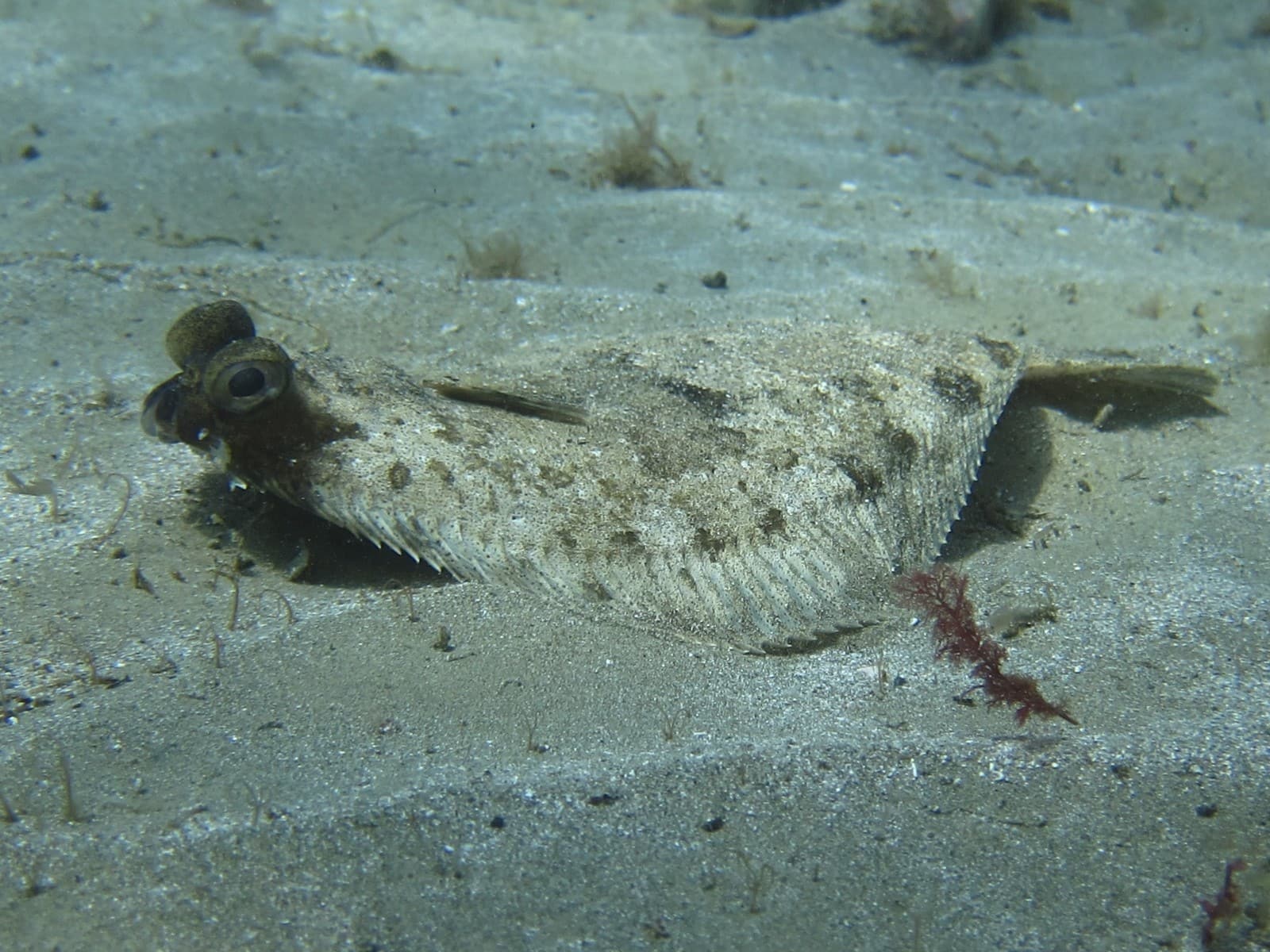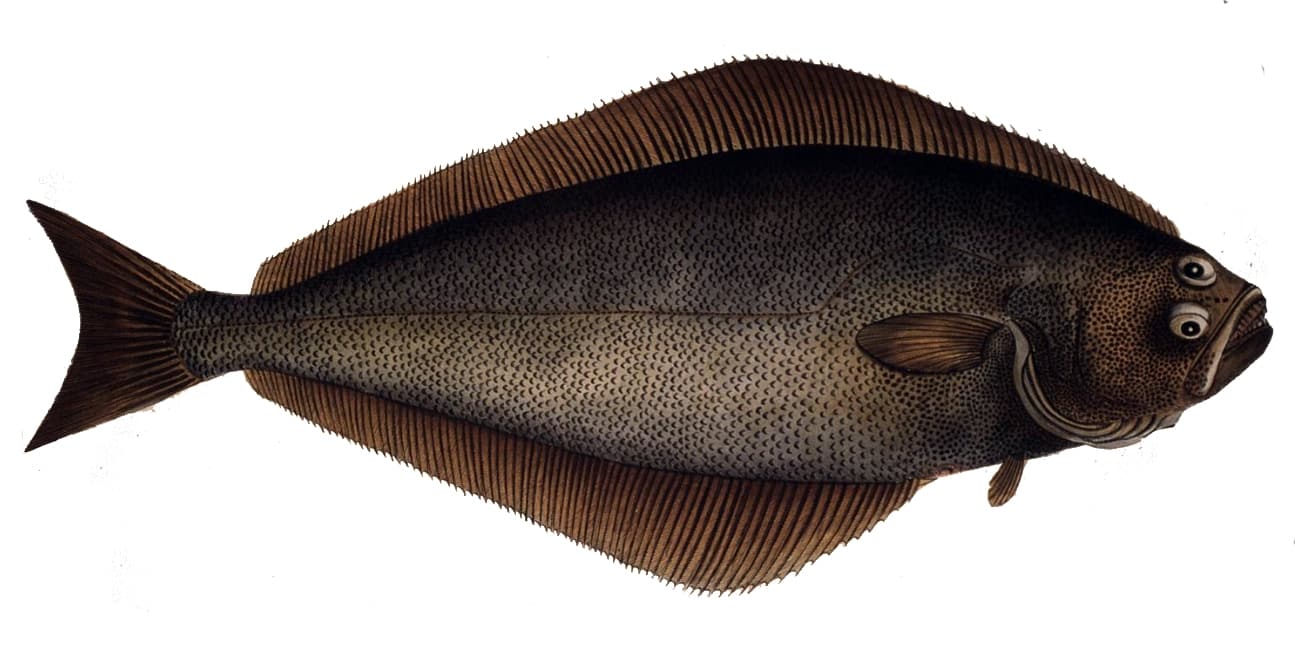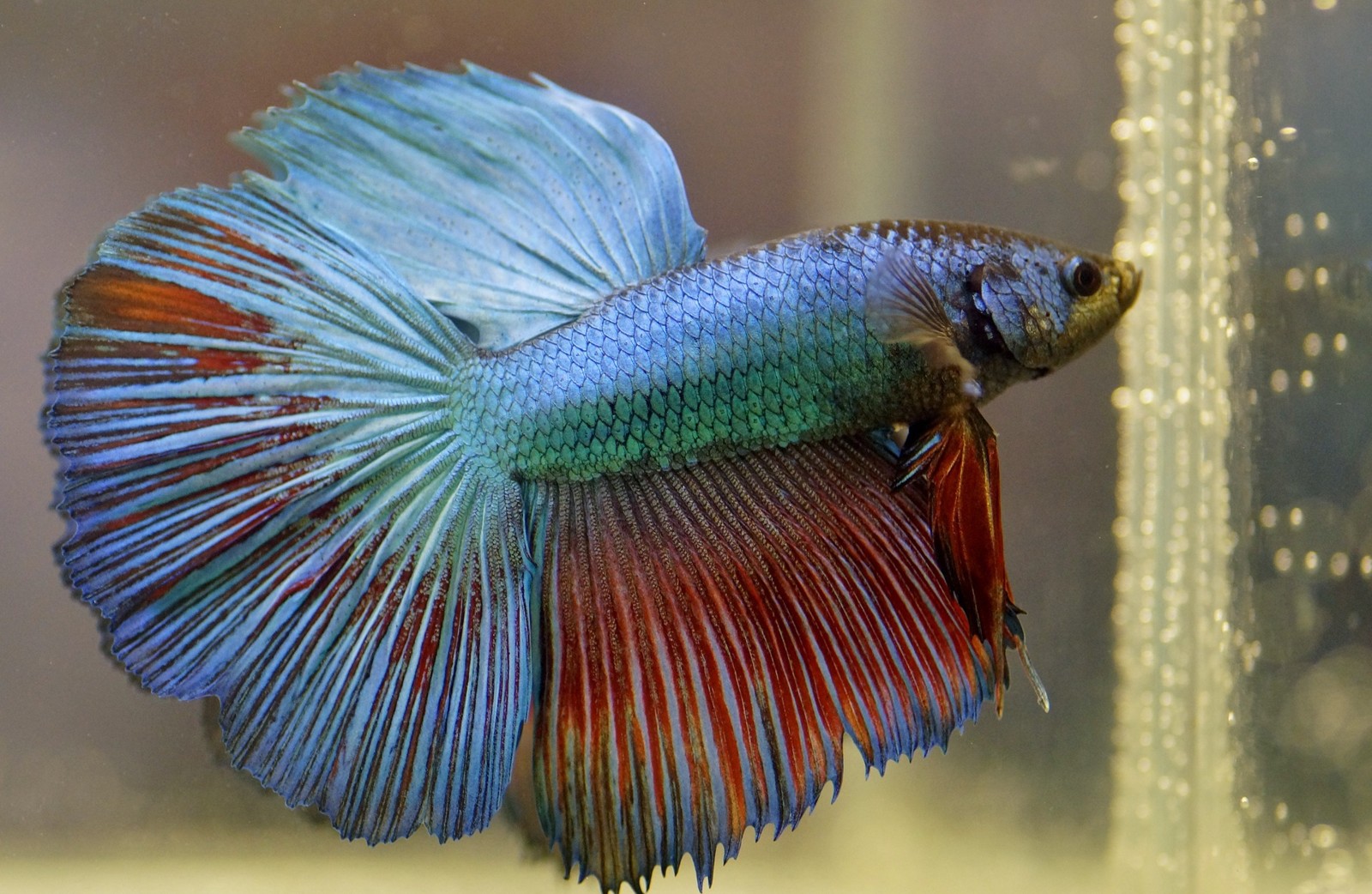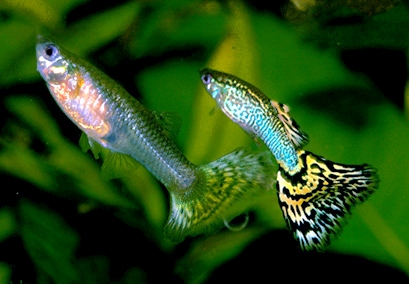Centipede vs Millipede: A Complete Comparison
When comparing centipedes vs millipedes, the differences extend far beyond their leg count. While both belong to the myriapod family, centipedes are swift predators with one pair of legs per body segment, while millipedes are peaceful detritivores sporting two pairs per segment. A typical house centipede moves at speeds up to 1.3 feet (0.4 meters) per second, whereas millipedes amble along at a leisurely 0.1 feet (0.03 meters) per second.
These fascinating arthropods have evolved distinct characteristics that make them easily identifiable once you know what to look for. From their defensive mechanisms to their preferred habitats, understanding these differences helps explain why these creatures behave so differently despite their similar appearances.
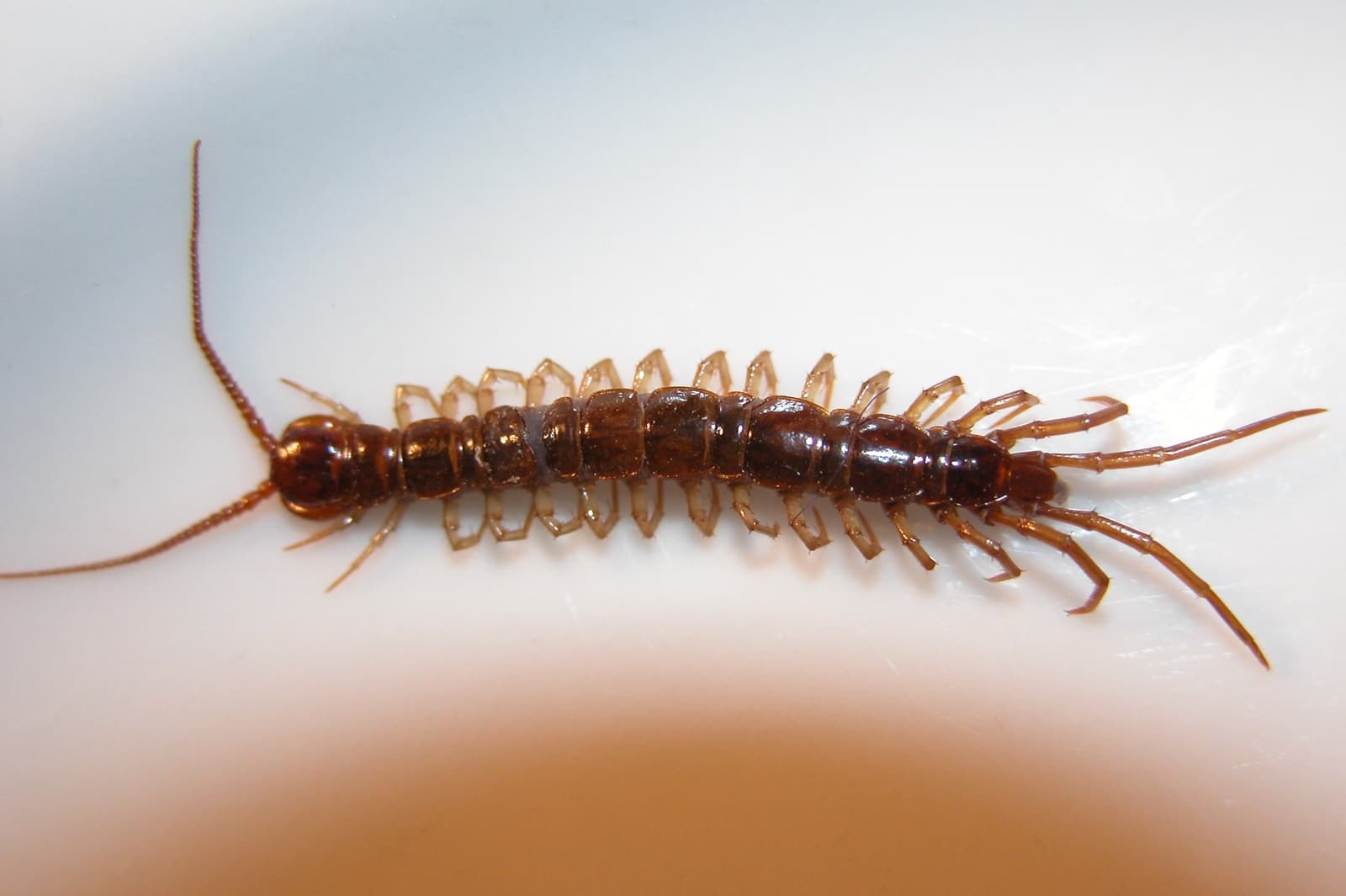
© / CC BY-SA 3.0
The house centipede displays its characteristic predatory features, including long sensory legs and a flattened body designed for speed and agility. Notice the single pair of legs per segment, a key identifier when distinguishing centipedes from millipedes.
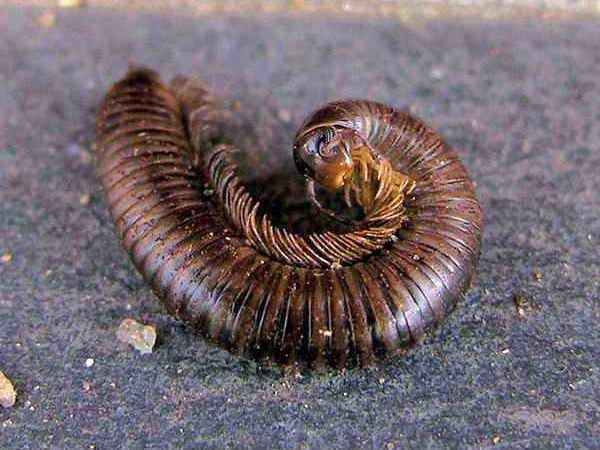
© Luis Miguel Bugallo Sánchez (Lmbuga) / CC BY-SA 3.0
This millipede demonstrates its typical defensive posture, curling into a tight spiral to protect its vulnerable underside. The cylindrical body shape and numerous legs (two pairs per segment) are distinctive millipede characteristics.
Key Differences Between Centipedes and Millipedes
| Feature | Centipede | Millipede |
|---|---|---|
| Legs per segment | One pair | Two pairs |
| Body shape | Flattened | Cylindrical |
| Movement speed | Fast (up to 1.3 ft/sec) | Slow (0.1 ft/sec) |
| Diet | Carnivorous | Herbivorous/Detritivorous |
| Defense mechanism | Venomous forcipules | Chemical secretions |
| Typical size | 1-6 inches (2.5-15 cm) | 0.4-4.7 inches (1-12 cm) |
Habitat and Behavior
Centipedes and millipedes occupy distinctly different ecological niches despite often sharing similar environments. Centipedes are primarily nocturnal hunters, preferring dark, damp locations where they can actively pursue prey. Their flattened bodies allow them to squeeze into narrow crevices, making them excellent home inhabitants.
Millipedes, conversely, are nature’s recyclers. These peaceful arthropods spend their days processing dead plant matter, helping to enrich soil quality. They prefer leaf litter and rotting wood, where they can find abundant food while staying protected from predators.
Defense Mechanisms
When it comes to self-defense, these arthropods employ radically different strategies. Centipedes rely on modified front legs called forcipules, which inject venom into prey or potential threats. While rarely dangerous to humans, their bite can cause temporary pain and swelling.
Millipedes take a more passive approach, typically curling into a tight spiral when threatened. Many species can also secrete defensive chemicals that smell and taste unpleasant to predators. These substances can irritate skin but are generally harmless to humans.
Ecological Impact
Both creatures play vital roles in their ecosystems, though in different ways. Centipedes help control pest populations, including cockroaches, silverfish, and other household insects. A single house centipede can consume up to 300 pest insects annually.
Millipedes contribute to soil fertility by breaking down dead plant material. Their constant feeding and digestion help create rich, organic soil components essential for healthy plant growth. A typical millipede can process several times its body weight in plant matter each day.
Identification Tips
To quickly distinguish between these arthropods, observe these key features:
- Leg position: Centipede legs extend outward from the body, while millipede legs remain under the body
- Movement style: Centipedes move with a smooth, swift gait; millipedes have a wave-like motion
- Body shape: Centipedes appear flattened from top to bottom; millipedes are rounded and cylindrical
- Antennae: Centipedes have long, prominent antennae; millipede antennae are typically shorter
Common Misconceptions
Despite popular belief, neither centipedes nor millipedes actually have their namesake number of legs. Centipedes can have anywhere from 30 to 354 legs, while millipedes may have between 750 and 1,400 legs, depending on the species.
Both creatures play beneficial roles in our ecosystems and generally pose no threat to humans. While centipedes may bite if handled roughly, and millipedes can release irritating substances, both typically avoid human contact and prefer to retreat when encountered.


